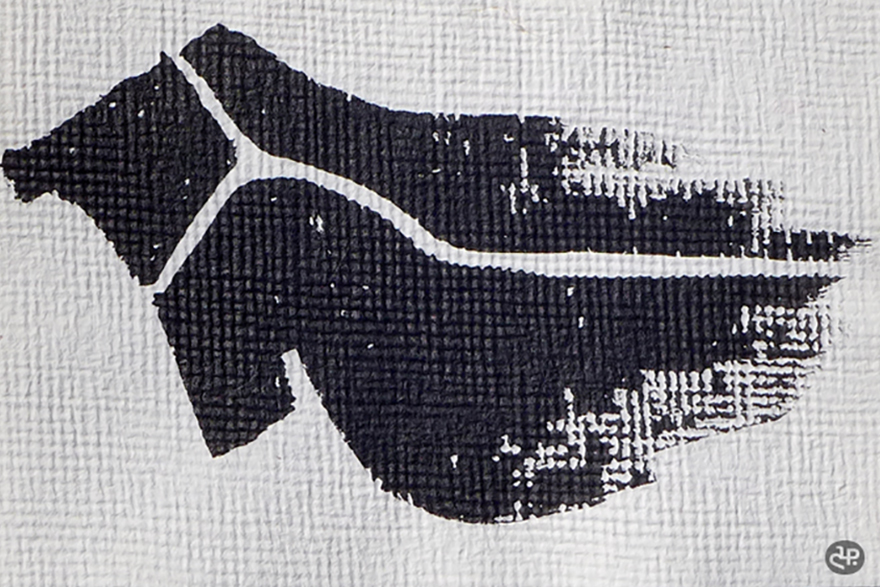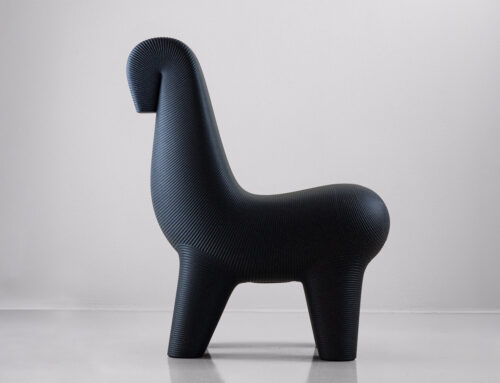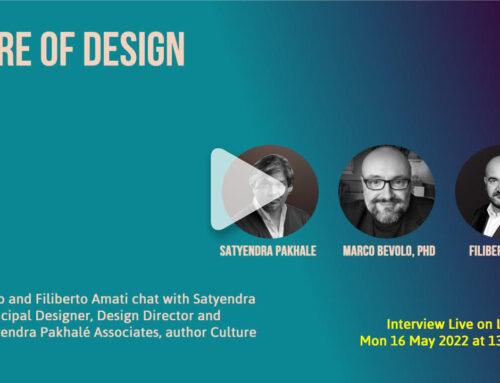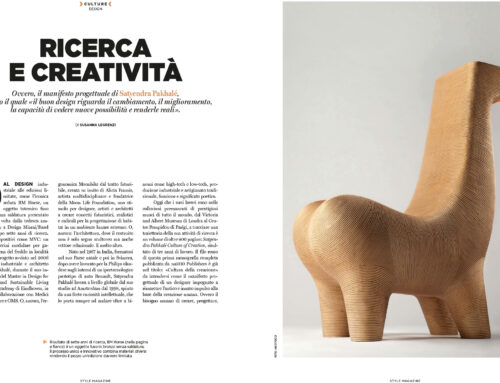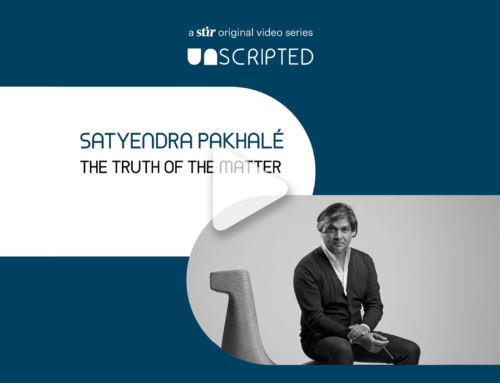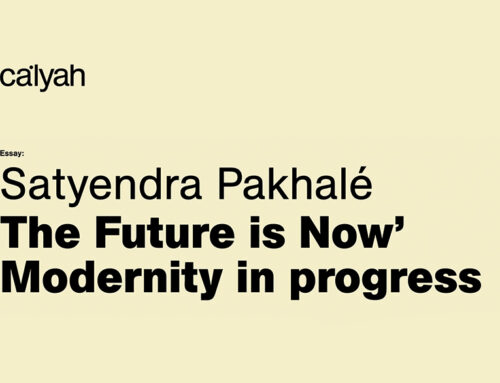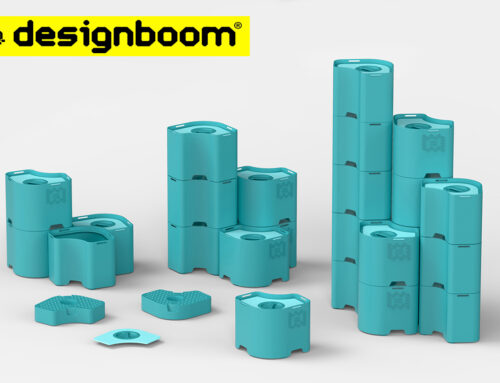7 x 7 Series / Q & A with Prof. Griffero by Tiziana Proietti
For the CultureofCreation Research and Communication Platform we are interviewing various cultivated minds who are engaged with topics related to ‘sensorial design’ in general.
We discuss sensorial design by proposing a reading across time and cultures of the topic. Thank you Prof. Tonino Griffero for this interview. We would like to talk about your insights into ‘sensorial design’ and ‘creation of atmosphere’ with examples and references from the world of art, architecture, design and phenomenology.
1 / How can the sensoriality of objects and their own specific atmospheres enrich human daily life?
Prof. Tonino Griffero: Actually atmospheres do not always – and maybe not as priority – find their field of condensation in objects numerically discrete, being first and foremost feelings which are widespread in our surrounding space and that we feel first of all as chaotic and holistic forms (situations). They are namely first of all emotional spaces (1). But, by mitigating the overly random nature of atmospheres, we must also bind them as far as possible to objectual poles of which they are allegedly the ecstasies. Therefore, when for different reasons atmospheres specify themselves, or better find in objects, even individual or isolated objects, an anchor point (which is the origin of the atmosphere) or a field of condensation (in some way attuned by proximity) (Schmitz), that is to say that they can also be radiated from objects of which they are, so to speak, an ecstasy (Gernot Böhme), capable of attuning the surrounding space and possibly bring into being mixed moods.
What we mean with this ecological account of atmospheric agency is that man is not surrounded by objects that are devoid of meaning, but by objects – things and quasi-things – always already affectively connoted. This is the so-called ”demand character”, or “invitation character” and “valence”, of the objects of our environment: a character, an affordance (James Gibson) that doesn’t completely change according to the need or the intention of the actor and exists sometimes (from a realistic point of view) even if it is not perceived. Through these mimetic-kinaesthetic and semi-automatic reactions to (also atmospheric) objects and situations, which as a sort of “cognitive unconscious” are the more perfect the less one thinks about them, the felt-body senses tensions and expressive orientations in its surrounding world, whose configurations and objects we indeed unconsciously mimic with our bones and muscles. Many researchers have recently emphasized that objects and spaces are not merely functional but always affect the perceiver-agent emotionally (think of Donald Norman’s so-called “emotional design”), making certain behaviours more likely to occur. We can first of all think of the internal reproduction of movements, of directional tensions immediately and physiognomically felt in lines and forms, even static ones. In short, we find something about and in objects which demands our very acceptance and we are no longer transferring it into the objects, but in some way apprehending it from the objects themselves.
Atmospheres then seem to be bridge-qualities, founded on a felt-bodily communication (Hermann Schmitz) without any real contact between user and object, and their suggestions are perceivable as virtual movements. But the most important thing – from a philosophical point of view is that our perception of an atmospheric quality of a given space or object is irreducible to the outside projection of some psychic state since no subject could give rise to qualities where there are none: no one could give to a certain object melancholy if this melancholy does not already belong to the object itself and is not radiated from it.
Regardless now of the fact that they unite or divide, exactly due to their priority and (relative) objectivity, atmospheres must certainly then be registered in the ontological repertory originated by our ordinary, intuitive and pragmatically efficacious segmentation of reality: a repertory that is consequently powerfully enriched. In this sense atmospheres are like many other quasi-things (2) such as colours, shadows, etc.: they all enrich our traditional ontology and everyday’s perception. Sure, one might wonder what the criteria of identity and identifiability of atmospheres are, and especially whether they aren’t maybe too vague. My answer is that here the vagueness is not a deficit but an enrichment: we would never renounce vagueness (in this case, the atmospheric one), from which one must therefore never exit / negate. If this vagueness cannot but irritate traditional ontology, it is welcomed instead by a renewed ontological approach. An inflationary one, founding itself both upon an “open” (new) phenomenology and upon the heuristic power of everyday language, which is therefore willing to enrol into the ordinary ontological catalogue also dimensions like atmospheres, considering them the more positively active the more they are evanescent.

Tonino Griffero is professor of Aesthetics at University of Rome Tor Vergata, Italy, and director of the Master “Comunicazione estetica e museale” at Scuola IAD, Univ. di Tor Vergata-Galleria Nazionale d’Arte Moderna in Rome. Director of “Sensibilia. Colloquium on Perception and Experience” , “Lebenswelt. Aesthetics and Philosophy of Experience” and “Atmospheric Spaces. Aura, Stimmung, Ambiance”. Member of the Guaranty Committee of SIE (Società Italiana d’Estetica), member of the Scientific Committee of “Estetica. Studi e ricerche” (Luciano Editore), Aesthetica Pre-print (Palermo), “Atelier delle immagini. Semiotica del visivo” (Zel Edizioni), “Ambiances. International Journal of sensory environment, architecture and urban space”. He is editor of “Percezioni. Estetica & Fenomenologia” (Christian Marinotti Editore, Milano).

Tiziana Proietti (1983, Rome, Italy) An architect with a Ph.D. In Architectural Design, Tiziana Proietti gained her doctorate at the Sapienza University of Rome in collaboration with the University of Technology TU Delft in 2013 and is currently Professor at the University of Oklahoma, USA. Her research activity explores human perception in architectural spaces with a special focus on the relationship between the senses and the cognitive value of proportion. After a decade of studies on proportion in architecture, Proietti is currently developing her research by connecting neuroscience and architecture in collaboration with the Salk Institute in San Diego and the SPaCE Lab at the University of Southern California. In 2013 she worked as a researcher at Satyendra Pakhalé Associates where she cultivated her interest in the historical and theoretical roots of sensorial design.
(1) T. Griffero, Atmospheres. Aesthetics of Emotional Spaces, Ashgate, Farnham 2014.
(2) T. Griffero, Quasi-cose. La realtà dei sentimenti, Bruno Mondadori, Milan 2013.
